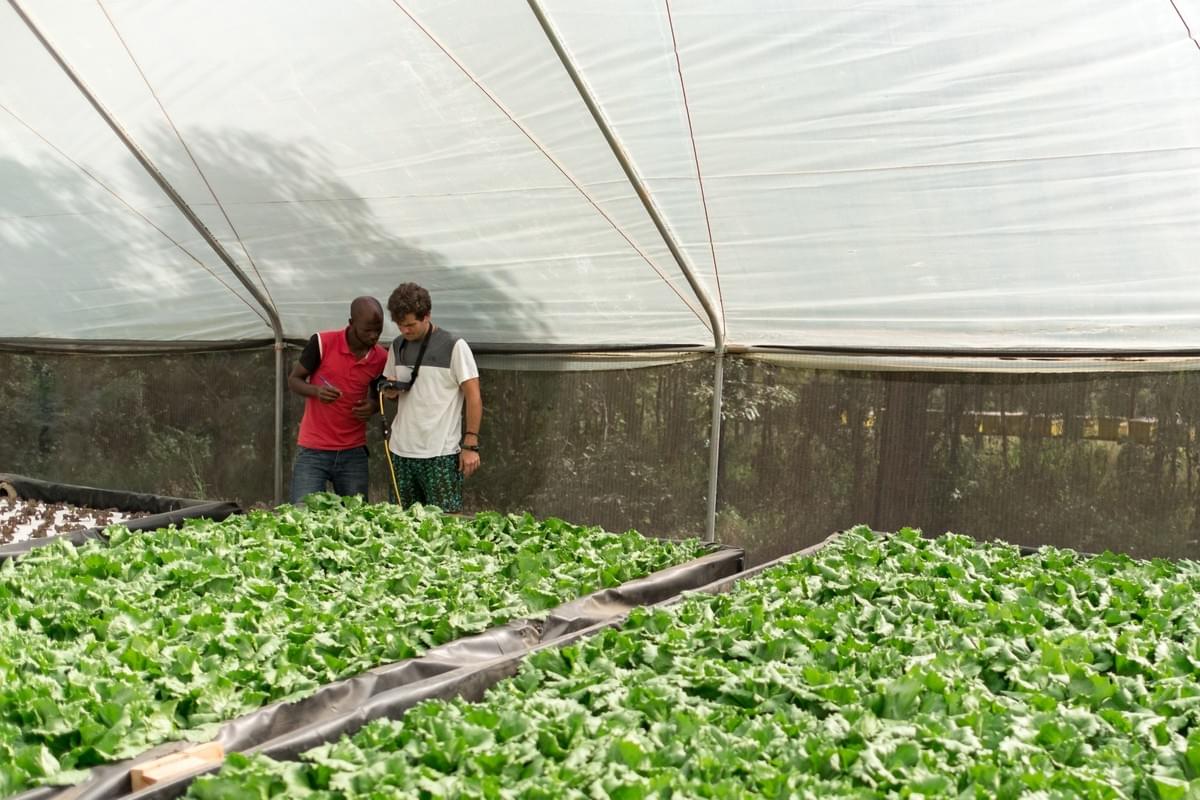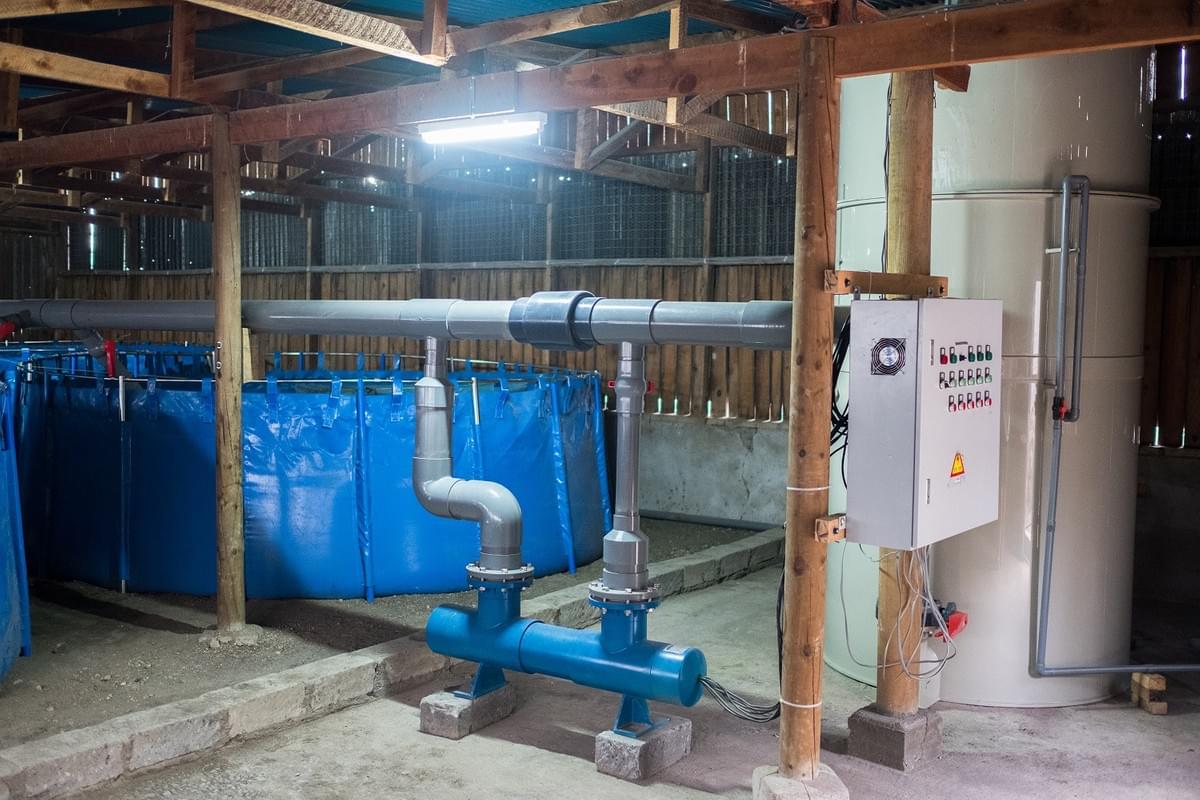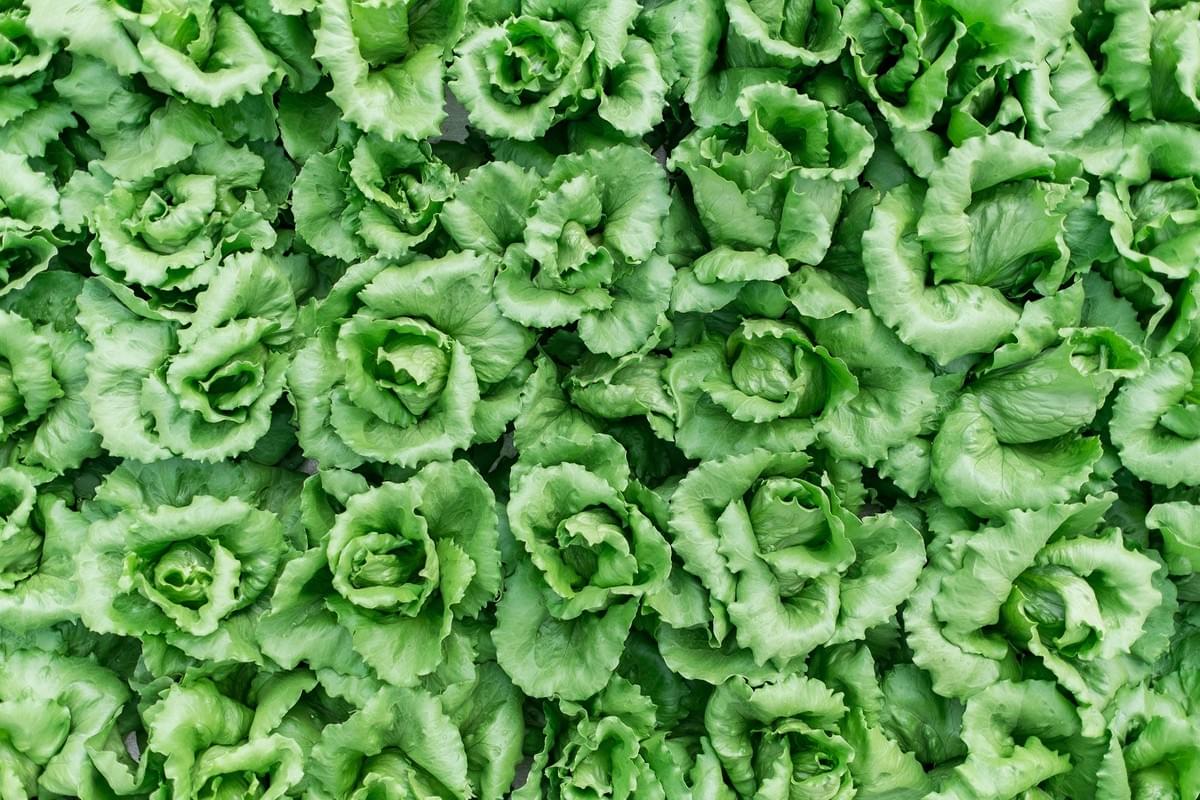How Internet of Things (IoT) and Decoupled Aquaponics can Contribute to Agricultural Productivity in Africa
Most food in Africa is produced by smallholder farmers. However, productivity is typically low as they are constrained by poor soil fertility, lack of skills, and water scarcity. Inputs are costly and infrequently or incorrectly applied. Climate change and phosphate depletion exacerbate this.
To ensure food security for growing populations, more productive agricultural approaches need to be developed.
As reported in our previous article about aquaponics, Dr. Simon Goddek (researcher at Wageningen University [1] and CEO of Developonics and Leakygut.de [2, 3]) is convinced that aquaponics might provide a solution for these issues. “Until now, aquaponics systems in which plants and fish are kept in one cycle were considered a contribution towards sustainability”, Dr. Goddek said. “However, from an economic point of view this approach cannot keep up with hydroponic practices”.

Figure 1. Farm employees measuring nutrient and oxygen values in the deep water culture grow beds. In this cultivation method, lettuce is planted on polystyrene disks that float on nutrient rich water.
Hydroponics is a method of cultivating plants in a nutrient solution without soil. This nutrient solution is in accordance with the plant’s specific needs. “The disadvantage of a one-loop system is that a trade-off between fish and plant requirements has to be made. Both plants and fish are not exposed to their optimal environmental conditions in such a case”, Goddek states. “Yet, recent developments of decoupling these two cycles can overcome these obstacles.” [4]
The difference between one- and multi-loop aquaponics system can be seen in the following video, explaining Goddek’s desert-tech approach:
Together with Simon Goddek, Mark de Bois (CEO of Upande Ltd.) is involved in a Dutch governmental funded aquaponics project in peri-urban Nairobi, Kenya [6]. Kikaboni Farm is a commercial-scale medium low-technology aquaponics farm that follows the decoupled systems approach. [5]
“Measurement and control technologies are very important, whenever one has to ensure stable conditions in such a system”, de Bois urges. “However, the transmission of these values can be quite a challenge in remote areas.”
To overcome this problem, de Bois came up with a practical solution. First of all, it is crucial that basic sensors are installed that alert farm management if power has gone off, whether the water flow rate is at par and whether the aeration is adequate. In such a farm setup, it is equally important to monitor water quality variables such as pH, electrical conductivity, and oxygen. These values are extracted by sensors and transducers, which in turn send their readings to a data logger. [7]
The values from the loggers are sent to a concentrator using so called “long-range low-power wireless transmitters”. The concentrators has access to the internet through a SIM card and regularly sends readings to the cloud based server. Aggregated readings for all these parameters can now be accessed through a web interface, as well as through a custom app on a smartphone or tablet. Each sensor can be paired with a threshold value that can trigger an automatic alert, if a predefined value has been exceeded or not met.

Figure 2. The aquaculture facility on the farm. Covering fish tanks, a bio-filter to convert toxic ammonia into nitrate, mechanical filters to get rid of solids/faeces, and a UV filter. Measurement and control technology is crucial in such a vulnerable system.
The combination of long-range low-power devices and normal Internet helps in transmitting these vital data within minutes of their occurrence which in cases can lead to instant action. At the same time, they provide extensive data time series for analysis and presentation to anyone who has been granted access. Such a technology aids farmers with monitoring and making informed data driven decisions even if they are not in the area, which greatly complements “telephone farming”, a very common practice in Kenya where farm manager are often away. In the future the sensors will also benefit the farmer in automating repetitive tasks like regulating flow of water when certain parameters are reached by using intelligent algorithms and logic and actuators for controlling switches.
In the long term, Kikaboni wants to serve as role model for innovative farming practices. “Since water stress and scarcity pose more and more of a problem, aquaponics can increase the yields to a high degree, while reducing the water needs by more than 90%”, both Goddek and de Bois claim. To what extent this is feasible is yet to be seen. However, recent studies underpin their statements [8. 9].

Written by Dr. Simon Goddek & Edited by Alexander Fleiss
Read more from RebellionResearch.com:
Why a Machine Learning Investment?
On Black Holes: Gateway to Another Dimension, or Ghosts of Stars’ Pasts?
AQUAPONICS: How Advanced Technology Grows Vegetables In The Desert
Are Derek Jeter & the Miami Marlins Going to Face a Cash Crunch?
Oxford University Launches First Algorithmic Trading Course!
California's $70 Billion Salton Sea Crisis
A New Breed of Airline Looks to Take the World by Storm!
Using Miniature Robots to Fix Engines
The World Cup Does Not Have a Lasting Positive Impact on Hosting Countries…
Shedding Light on Dark Matter: Using Machine Learning to Unravel Physics’ Hardest Questions